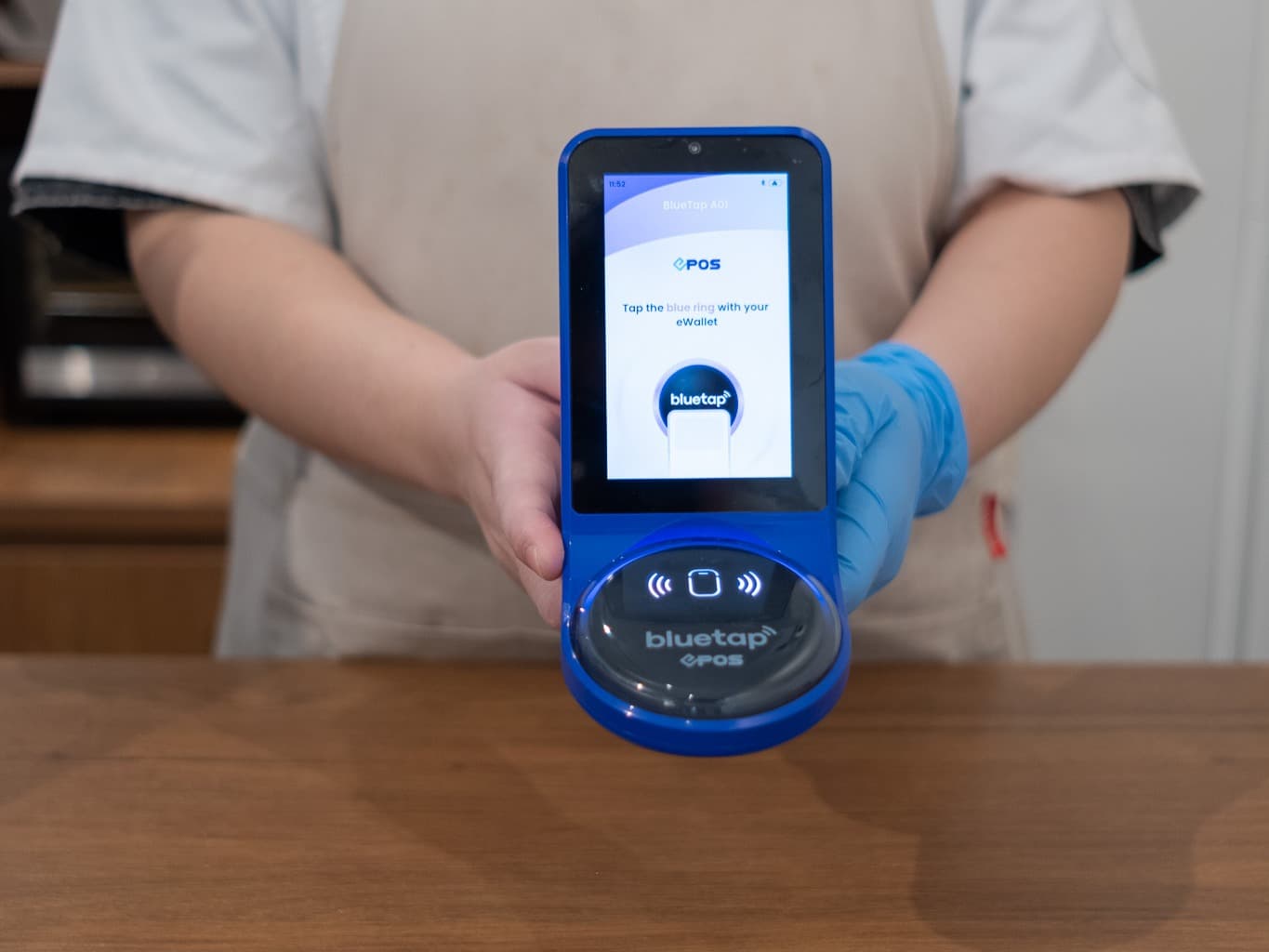
By: Janine Hornsby MBA, Marketing Manager, Marshall Centre.
Despite the pandemic, the leadership team at Marshall Centre knew that our culture would include flexibility and hybrid working. The team know what they need to do and when they need to do it by, and they are trusted to find a way to work that suits them best. When the pandemic forced many businesses to find a way to work remotely, leaders suddenly realised that it is not necessary to have everyone in the same office space at the same time to work productively. Although it is better to have some meetings face to face, much of what people do day to day can be done from anywhere with a good internet connection. So, we believe that hybrid working is here to stay and that many businesses will adopt this model moving forwards. If your business has not yet decided how they will work moving forward, we have put together a few benefits and things to think about to ensure your team are fulfilled and productive working within a hybrid model.
Work-Life balance
Employee wellbeing is a very hot topic. Not just because it is a nice thing to think about but because leaders are starting to recognise that employee wellbeing has a real impact on the bottom line. Supporting wellbeing will make your people stay loyal, take fewer sick days, be more productive and help you attract the best talent. Part of wellbeing is a health work-life balance. Allowing people to be flexible and have schedule control will mean that they can do the school run, do some gardening, go to the gym, or walk the dog, without asking for permission. Although, it is important to stress to your team that they must take breaks when working from home. Some people find it hard to draw the line between work and home when they are working from home and can be prone to take fewer breaks. They take less annual leave, and all of this can impact productivity, mental health and the quality of their work. Consider having a ‘core working hours policy’ where others can expect a response and can call a quick meeting, say 9-3 – outside of this the expectations are lower, as some will prefer to work earlier in the day and some need flexibility to work in the evening meaning that some will feel obliged to respond within other working hours.
Environmental impact
We all have a responsibility to do what we can to help the government meet net zero emissions by 2050. Hybrid working is a great way to reduce emissions because there are few cars on the road or airplanes in the sky. People who have flexible hours can also travel outside of peek times which also helps reduce the impact of noise pollution.
Opens your talent pool
If your culture support hybrid working, then you will be able to throw your recruitment net further and wider outside of what was considered a normal commuting distance. This will increase your chances of hiring top talent from around the country.
Reduce expensive rent costs
If your people can work from home and only small numbers of people need to have desk space, then businesses can scale down their office spaces and reduce their rent costs. We envisage that more office spaces will become innovation hubs with breakout rooms and hot desk space and businesses become less reliant on bricks and mortar. There is also an influx of micro businesses due to the pandemic and they tend to form collaborations between other micro businesses to deliver goods and services that have synergies. Therefore, these collaborative, innovative spaces will become much more desirable in future.
Communication is key for a successful hybrid team
One potential threat of leading hybrid teams is ‘out of sight out of mind’. Remember to communicate, communicate, communicate. Be mindful to make regular contact especially if you are not seeing people daily, in the kitchen, at the water cooler, or at lunch. Think about what is going on in the workplace that those working remotely need to know? How do you include them in some of the workplace activities? Having regular virtual 1-2-1 meetings as well as using messaging platforms like Microsoft Teams, Zoom, Slack, WhatsApp, Signal etc. will help to keep the communication consistent.
Do not forget about social time
Your people need to bond to feel a sense of community and shared purpose if they are to work effectively as a team. Dspite working remotely you still need to build team spirit & trust, so when you are together, take opportunities to do that, still have fun social events and downtime together because this is where teams start to form as a connected group. If you include a mixture of virtual and in person activities, then everyone will feel included.
Think remote first
If you have a meeting where people are in the office and some are online, hold the meeting online. Do not make those working remotely feel disadvantaged and outside of the conversation.
Health, safety, and wellbeing
Just because your people can work remotely, does not mean that people have the right facilities and can do this safely, make sure they have the right tools and equipment. Also, you may find that people will work when they are ill, because they can, but are they able to produce the work required, or should they just take the time to get better?
Embrace hybrid working to stay ahead of the curve
Hybrid working is here to stay. The past two years have shown us that a hybrid model of work is not only possible, but also better for our health, wellbeing, and the environment. Ensuring that your people are set up for success, will be the key to make hybrid working possible long-term.


